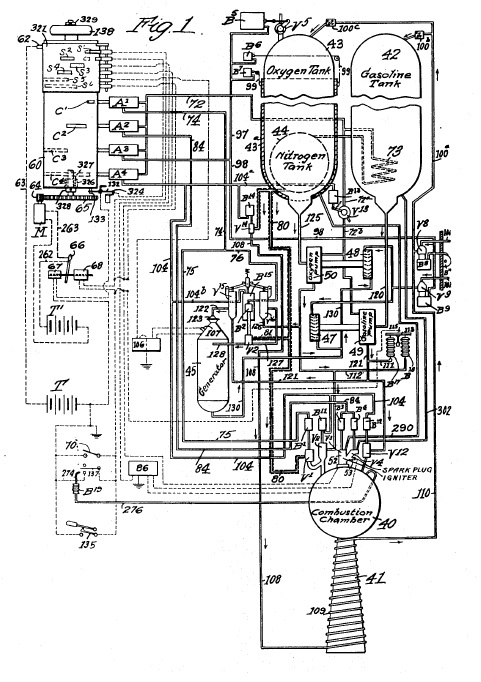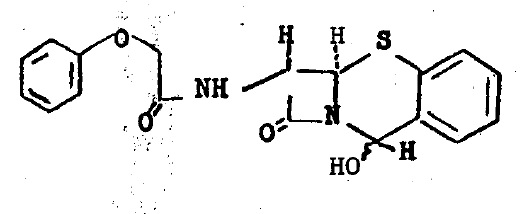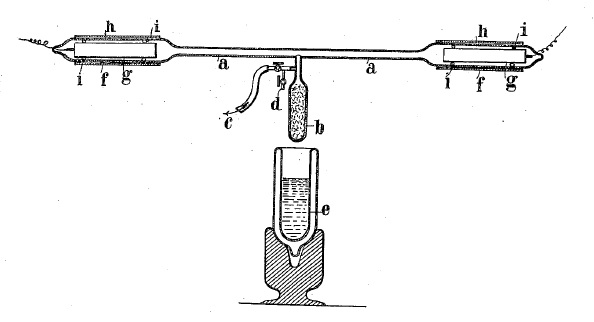In the Trustee of Columbia University in the City of New York v, Symantec Corporation, [2015-1146] (February 2, 2016) the Federal Circuit affirmed the district court’s claim construction order and subsequent partial final judgment of non-infringement and invalidity with respect to U.S. Patent Nos. 7,487,544, 7,979,907, 7,448,084, 7,913,306, but reversed the claim construction of U.S. Patent Nos. 8,074,115, and 8,601,322, and remanded for further proceedings.
At issue was the meaning of “byte sequence feature,” which the district court found was limited machine code instructions, but the patent owner argued included other information. The Federal Circuit first rejected the patent owner’s argument that the presumption of plain and ordinary meaning can be overcome when the patentee has expressly defined a term or disavowed the full scope of the claim in the specification and the prosecution history, pointing out that terms can be defined, or scope disclaimed without an explicit statement, and that is what the Federal Circuit found.
The Federal Circuit noted that twice in the specification, the patentee states that the “byte sequence feature” is useful and informative “because it represents the machine code in an executable.” These, according to the Federal Circuit, were not simply descriptions of the preferred embodiment, but statements defining “byte sequence feature.” The Federal Circuit also relied upon a more explicit definition in the provisional application, pointing out that provisional applications incorporated by reference are “effectively part of the” specification as though it was “explicitly contained therein.”
The patentee pointed to at least one instance in the specification where “byte sequence feature” included more than machine code instructions, but the Federal Circuit said that this single sentence in the specification cannot overcome the overwhelming evidence in other parts of the specification and the provisional application demonstrating that the intended definition of this term does not include information other than machine code instructions.
Regarding the indefiniteness of the claims, the Federal Circuit noted that some of the claims “byte sequence feature,” which is a feature extracted from machine code instructions, with the extraction of “resource information,” which is not a machine code instruction. However rather than finding that this broadened the meaning of “byte sequence feature,” the Federal Circuit found that this was non-sensical, thus making the claims indefinite.
Regarding the claim term “probabilistic model of normal computer system usage” the Federal Circuit again found this term implicitly defined by consistent statements in the specification, the absence of embodiments inconsistent with the implicit definition, and statements in the provisional application, which was incorporated by reference, and arguments made in the prosecution history to distinguish some prior art. The patent owner pointed to applications incorporated by reference, but the Federal Circuit said that fleeting references cannot overcome the overwhelming evidence in the specification and the prosecution history, especially given the specification did not “even refer with any detailed particularity” to the passages the patent owner now argues support its construction.
Lastly, with regard to the term “anomalous” in the ‘115 and ‘322 patents. The Federal Circuit first observed that there was no reason why terms in the ”115 and ‘322 should be the same is the other patents in suit. Where multiple patents derive from the same parent application and share many common terms, one must interpret the claims consistently across all asserted patents. However, the Federal Circuit noted that patents resulted from two separate families, and these two families of patents claim two different inventions, list only one inventor in common, were filed years apart, and do not result from the same patent application. The Federal Circuit found affirmative reasons to construe the terms in the claims different, noting difference in the claims including claim differentiation, Finally the Federal Circuit noted that the description in the provisional application on which the patents were based supported the different construction.




